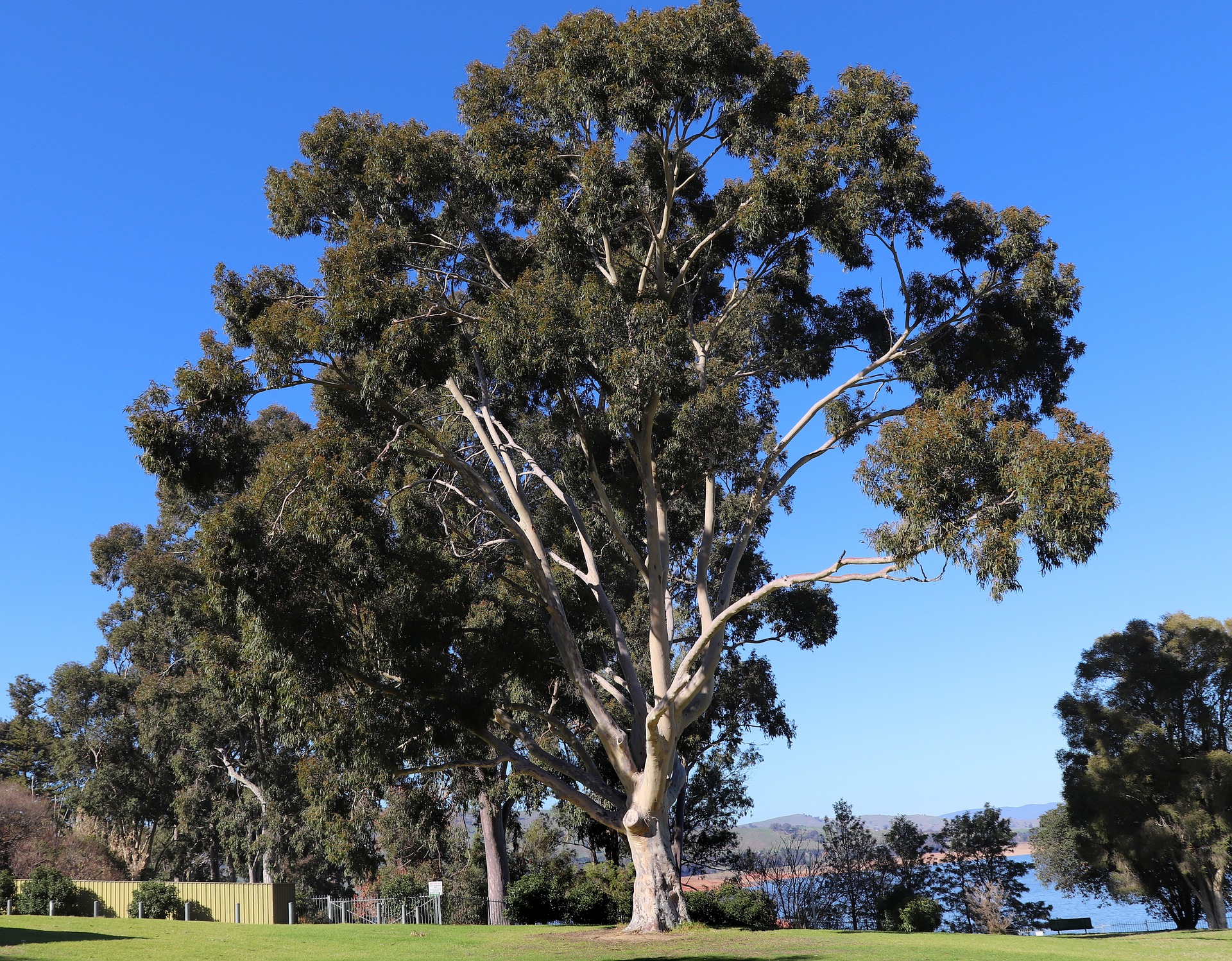Attachments
Note: Not all attachments are visible to the general public. Research URLs will go live after the embargo ends.

Journal/
conference: Nature Ecology & Evolution
conference: Nature Ecology & Evolution
Research:Paper
Organisation/s:
The University of New South Wales, Western Sydney University, The University of Melbourne, Chinese Academy of Sciences, China
Funder:
This study was supported by
a 2019 Leonardo Grant for Researchers and Cultural Creators, BBVA
Foundation (URBANFUN), and by the BES grant agreement number
LRB17\1019 (MUSGONET). M.D.-B. acknowledges support from the
Spanish Ministry of Science and Innovation for the I+D+i project
PID2020-115813RA-I00 funded by MCIN/AEI/10.13039/501100011033.
M.D.-B. is also supported by a project of the Fondo Europeo de
Desarrollo Regional (FEDER) and the Consejería de Transformación
Económica, Industria, Conocimiento y Universidades of the Junta
de Andalucía (FEDER Andalucía 2014-2020 Objetivo temático ‘01—
Refuerzo de la investigación, el desarrollo tecnológico y la innovación’)
associated with the research project P20_00879 (ANDABIOMA). H.C.
was supported by the Strategic Priority Research Program of Chinese
Academy of Sciences (XDA28020202), National Key R&D Program of
China (2022YFD1500202) and the National Natural Science Foundation
of China (91951109, 42230511, 92251305). K.F. was supported by
Young Elite Scientist Sponsorship Program by CAST (2021QNRC001)
and China Postdoctoral Science Foundation (2021M703302). F.D.A.
and S.A. were supported by ANID FONDECYT 11180538 and 1170995.
J.P.V. was supported by SERB (SIR/2022/000626, EEQ/2021/001083),
DST (DST/INT/SL/P-31/2021) and Banaras Hindu University, IoE (6031)
incentives grant for plant-microbe interaction and soil microbiome
research. T.G. and T.U.N were supported by the Slovenian Research
Agency grants P4-0107, J4-3098 and J4-4547.



 Australia; International; NSW; VIC
Australia; International; NSW; VIC


